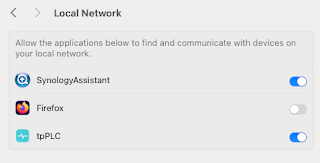IBM Web Experience Factory (WEF) supercharges application development with tools and technology for creating, customizing, deploying, and maintaining portlets, widgets, and web and rich clients. This course is designed to help you develop the skills needed to create and assemble multichannel applications easily and rapidly using WEF, formerly known as WebSphere® Portlet Factory.
On Day 1 of the course, you are introduced to WEF through an overview of developing multichannel applications for desktop browsers, smartphones, and tablets, and then begin using WEF to create a simple application. More in-depth, hands-on experience is offered on Day 2 of the course, during which students create a simple, data-driven application and a desktop application. On Day 3, mobile and multichannel enhancements are explored through discussion and hands-on activities.
This course includes the following lessons:
Lesson 1: Overview of developing multichannel applications
Lesson 2: Getting started with Web Experience Factory
Lesson 4: Creating a desktop application
• Builders targeted for mobile and smart device layouts
Lesson 6: Adding mobile-specific features
Lesson 7: Adding multichannel behavior to your application
Lesson 1: Overview of developing multichannel applications
• Introduction to Web Experience Factory tooling
• Builders and models
• Profiling technology
• Overview of themes and page navigation: desktop perspective
• Multichannel rendering
• Creating projects
• Using builders, models, and wizards
Lesson 3: Creating a simple, data-driven application
• Choosing a pattern
• Foundational builders
• Constructing the services layer
• Constructing the user interface layer
• Accessing data
• Data page and family of modifier builders
• Data field settings builder
• Validation and error handling
• List and detail service consumer wizard
• Services builders
• Representational state transfer (REST) services
• Rich data definition and automation concepts
• Using data page to construct mobile forms
• Adding images
Lesson 5: Adding mobile enablement to your application
• Pagination and smart refresh in mobile
• Leveraging HTML5 features, such as geolocation
• Introduction to Mobile Geolocation builder and usage
• Mobile application considerations and caching
• Profiling technology and multichannel rendering
• Profile sets and mobile selection handler
• Profile enablement for smart device applications
• Practical, hands-on exercises are included in most lessons to ensure that students gain experience using the most important features and capabilities of WEF.


1 comment:
Post a Comment